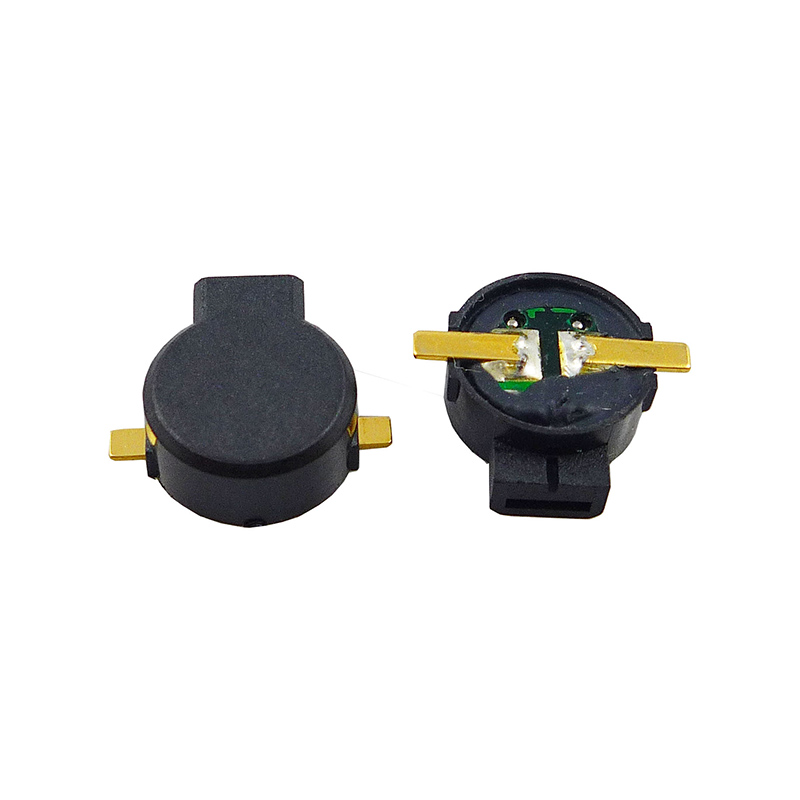The resonant chamber in a magnetic buzzer plays a crucial role in significantly enhancing both the loudness and clarity of the sound it produces. To understand how this works, it’s helpful to explore the concept of resonance and how it affects sound production. The resonant chamber is essentially a specially designed internal cavity within the buzzer that amplifies sound waves by capitalizing on the principle of resonance. Resonance occurs when an object or system vibrates at its natural frequency, and these vibrations can reinforce one another, leading to a more powerful output.
Inside the magnetic buzzer, when an electric current flows through the electromagnetic coil, it creates a magnetic field that makes the diaphragm (a thin, flexible membrane) vibrate. These vibrations produce sound waves. The resonant chamber, typically positioned around the diaphragm, is tuned to match the frequencies that the diaphragm produces. This tuning allows the sound waves generated by the diaphragm to resonate within the chamber, effectively amplifying them. The result is that the buzzer can produce a louder sound without requiring additional power, which is especially beneficial in small, energy-efficient devices where conserving battery life is important.

The design of the resonant chamber plays a significant role in focusing the sound energy. By shaping the chamber in a specific way, engineers can ensure that certain frequencies are amplified more effectively. This means that the buzzer will not only be louder but also produce sound that is cleaner and more defined. The size, shape, and material of the resonant chamber are carefully engineered to reduce distortion and unwanted noise. In essence, this optimization of the chamber’s design helps to focus the sound in a specific frequency range, resulting in a clear, distinct tone that is easier to hear, even in noisy environments.
Additionally, the resonant chamber helps to increase the efficiency of the buzzer. Without this chamber, the sound waves would dissipate more quickly and not carry as effectively. The resonant chamber traps and amplifies these sound waves, enabling the buzzer to achieve higher sound pressure levels while using less electrical energy. This allows manufacturers to design more compact, power-efficient devices while maintaining a high-quality audible output.


 EN
EN  English
English Deutsch
Deutsch 中文简体
中文简体
